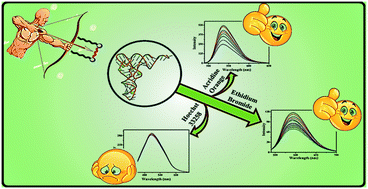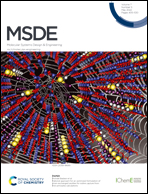Molecular engineering of complexation between RNA and biodegradable cationic gemini surfactants: role of the hydrophobic chain length†
Abstract
The transfection efficiency of a material into cells is directly related to the success rate of gene therapy. Synthetic lipid-like molecules, comparable with the components of biological membranes, are used for this purpose due to their high effectiveness and low toxicity. In gene therapy, cationic gemini surfactants have shown great promise as delivery system components for genetic material due to their favorable physicochemical properties (low toxicity, low critical micelle concentration (CMC), and positive head groups). In this study, we investigated the complexation of ribonucleic acid (RNA) with three ester-based cationic Cm-E2O-Cm gemini surfactants with different hydrophobic alkyl chain lengths (m = 12, 14, and 16). The various studies revealed that gemini surfactants (C16-E2O-C16) with longer alkyl chains excellently interact with RNA and form stable complexes with 1 : 1 binding stoichiometry. Therefore, competitive displacement studies utilizing different dyes (ethidium bromide (EB), acridine orange (AO), and Hoechst 33258 HO) demonstrated binding through an intercalation mode, which was further confirmed via ultraviolet-visible (UV-vis) spectroscopy, circular dichroism (CD), and melting and viscosity measurement results. Moreover, in silico studies are consistent with the experimental results in terms of how the gemini surfactants bind RNA.



 Please wait while we load your content...
Please wait while we load your content...